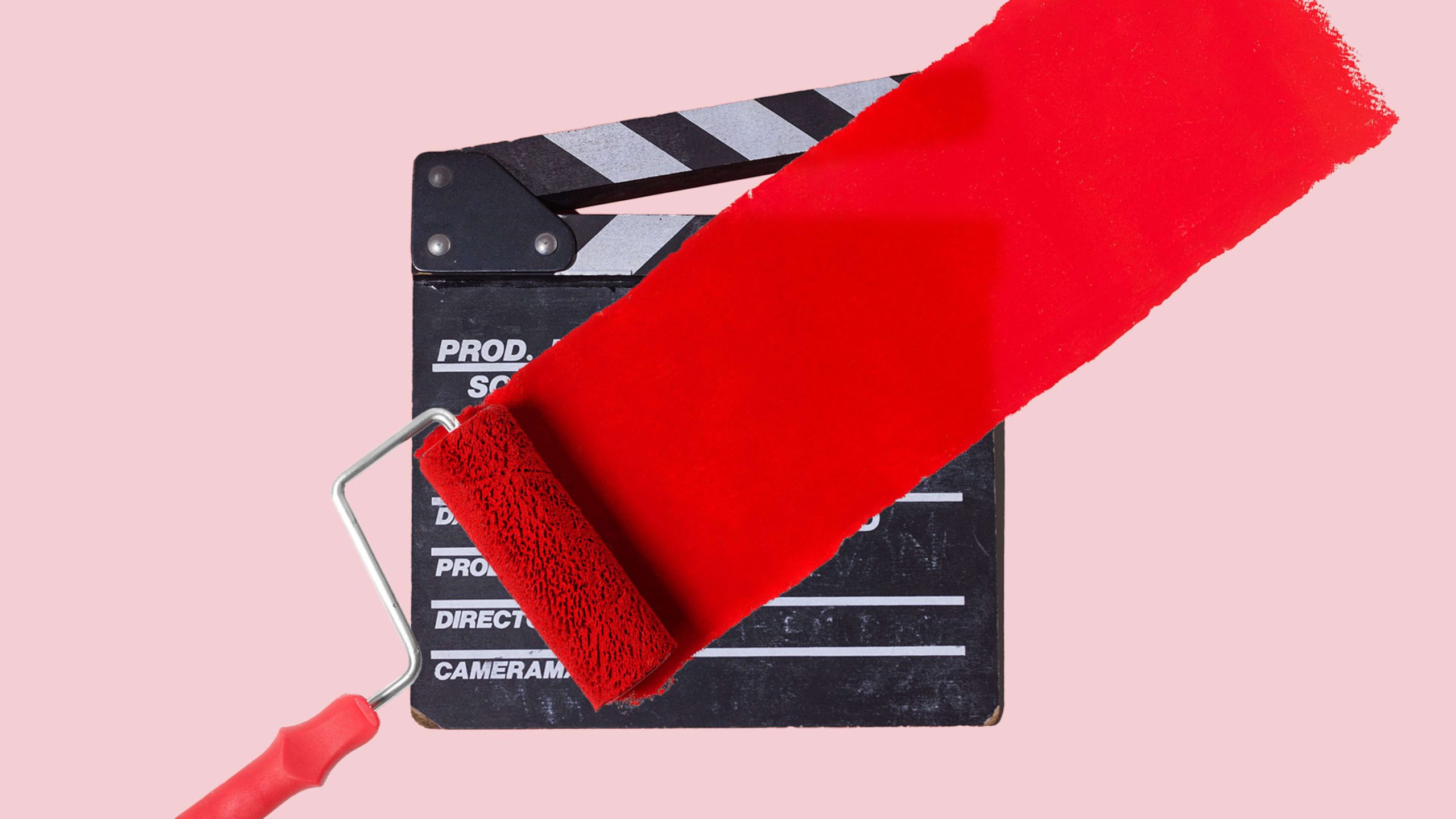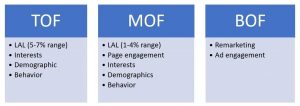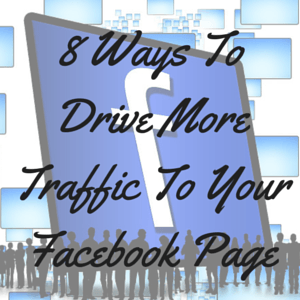Film and TV art crews are facing an unemployment crisis. Here’s what it’s like for workers
The Art Directors Guild just suspended its Production Design Initiative program due to high unemployment. For some workers, it confirmed what they already knew.
The Art Directors Guild (ADG) recently sent an email to aspiring film and television professionals with a bleak, shockingly candid message. Citing 75% unemployment among its 3,000-strong membership, the ADG not only announced in an email to prospective candidates a suspension of its Production Design Initiative (PDI)—which offers paid, on-the-job training in a variety of art department roles—but the email also stated: “Given this situation, we cannot in good conscience encourage you to pursue our profession while so many of our members remain unemployed.”
The guild later offered a rosier outlook, claiming the email was neither fact-checked nor edited, and only went out in its current form as a result of technical error. “This temporary pause in our PDI program during a year of contract negotiation gives our staff and membership the ability to focus on our movement of ‘Many Crafts, One Fight,’” ADG leadership wrote in a statement to Fast Company.
Despite the clarification, however, for some art department workers, the frank candor of the original message was a cathartic confirmation of what they already felt.
“I don’t really know how to identify my career anymore,” says Daniel Spenser, who has worked in various art-related jobs in television and film for more than a decade. “I used to feel like I was enmeshed in a scene that had some kind of safety, but that’s no longer the case. And I know a lot of people in the same boat.”
Below the line and on borrowed time
Spenser is one of countless below-the-line workers whose roles in VFX, animation, and set design cross so many malleable boundaries, they defy easy categorization. (He is not currently a member of ADG or any other guild.) Mostly, though, he is a graphic artist who specializes in late-night TV shows. When the ridiculous image of a fake book cover appears in a box over John Oliver’s shoulder on Last Week Tonight, illustrating the host’s point, that might be Spenser’s work. When a splashy logo and title card would float by on Full Frontal with Samantha Bee, announcing a new segment, that’s him as well. Or at least, it was.
The artist once spent years on late-night shows including Last Week Tonight and Full Frontal while reliably finding short-term work on films and scripted series during the shows’ hiatus. In an industry that runs on connections, he could tap into a vast network of peers between jobs and quickly find out which projects needed which kind of art, and whom to speak with about providing it.
But when Full Frontal was canceled in 2022 after seven seasons, Spenser put out feelers for new gigs and, for the first time in his career, came up with very little. He eventually found work on Bomani Jones’ HBO sports show, Game Theory, later that year, but then that was abruptly canceled.
Lately, the Slack and Discord channels Spenser belongs to are filled with commiseration about a shared existential career crisis, rather than job opportunities. These doomsday vibes found an echo this week in that ADG email, which made the rounds in a semi-viral Indiewire article.
In that email, ADG cites as reasons for the downturn, “the 2023 strikes, the ongoing 2024 labor negotiations, and a once-in-a-generation change within the entertainment industry as it searches for new business models to govern its content creation and distribution.”
Strikes and the coming age of AI
The slowdown following the strikes may have only begun to be felt. A recent Los Angeles Times report, for instance, found that production was down 7% during the first quarter of 2024, compared with the previous year. But the number of productions was already constricting before the strikes. A 14% dip in original scripted series in 2023 had a lot of pundits heralding the death of Peak TV, and cost-cutting practices like canceling shows before they get too expensive or staffing them with “mini” writers’ rooms precipitated the writers and actors strikes in the first place.

Another much-discussed aspect of Hollywood’s emphasis on cost-cutting is AI. Writers and actors came out of their respective strikes with some hard-won protections from the imminent artificial revolution. The new contract for members of the Writers Guild of America (WGA) states that “AI-generated material can’t be used to undermine a writer’s credit or separated rights,” while the SAG-AFTRA deal ensures that consent and compensation guidelines are required to use AI for replicating an actor’s likeness.
However, AI will also be a major focal point in the current contract negotiations for the International Alliance of Theatrical Stage Employees (IATSE), which ADG is part of, as the technology has already begun trickling into film and television.
Back in January, viewers noticed some posters in the background of the HBO hit True Detective: Night Country that were clearly generated by AI, inspiring a pronounced backlash. Last month’s arthouse horror hit, Late Night with the Devil, also got some pushback from fans who noticed that its interstitials appeared to be AI-generated. Meanwhile, last week, the band Washed Out released the first official music video made with OpenAI’s Sora, a generative AI model that creates video clips from text prompts.
One can only guess at how many instances of AI will soon begin cropping up in film and television, in ways so subtle that no one will immediately catch them. It’s an eventuality that Spenser dreads, given that his frequent medium of photo mockups is something AI has already mastered.
“I totally see how an artist would be tempted to just type in exactly what they want to see and then, boom, there it is, instead of paying hundreds of dollars for someone to draw it,” he says. “But as the guy who would usually receive the hundreds of dollars to draw it, I’m very frustrated that those tools are now widely available.”
So what’s next for art department workers with increasingly fewer career prospects? While the ADG offered some post-strike optimism in its statement responding to the hubbub around this week’s email, Spenser is anxious. He currently gets by doing titles for the occasional independent film and creating pitch decks for production companies and for friends working on their own projects, but overall his outlook is grim.
He is prone to worrying about whether TV will even exist in the future, or if there will be nothing but content creators using Midjourney to make graphically enhanced TikToks. As entertainment companies search for more ways to cut costs amid decreased revenue, and AI technology improves, a potential pivot seems likely.
“I’ve been trying lately to explore other avenues, to go back to where I started and reinvent a little bit. But I’m also very tired,” he says. “My plan B is to run on all fours into the woods, and just see what happens from there.”
ABOUT THE AUTHOR
(15)
Report Post








